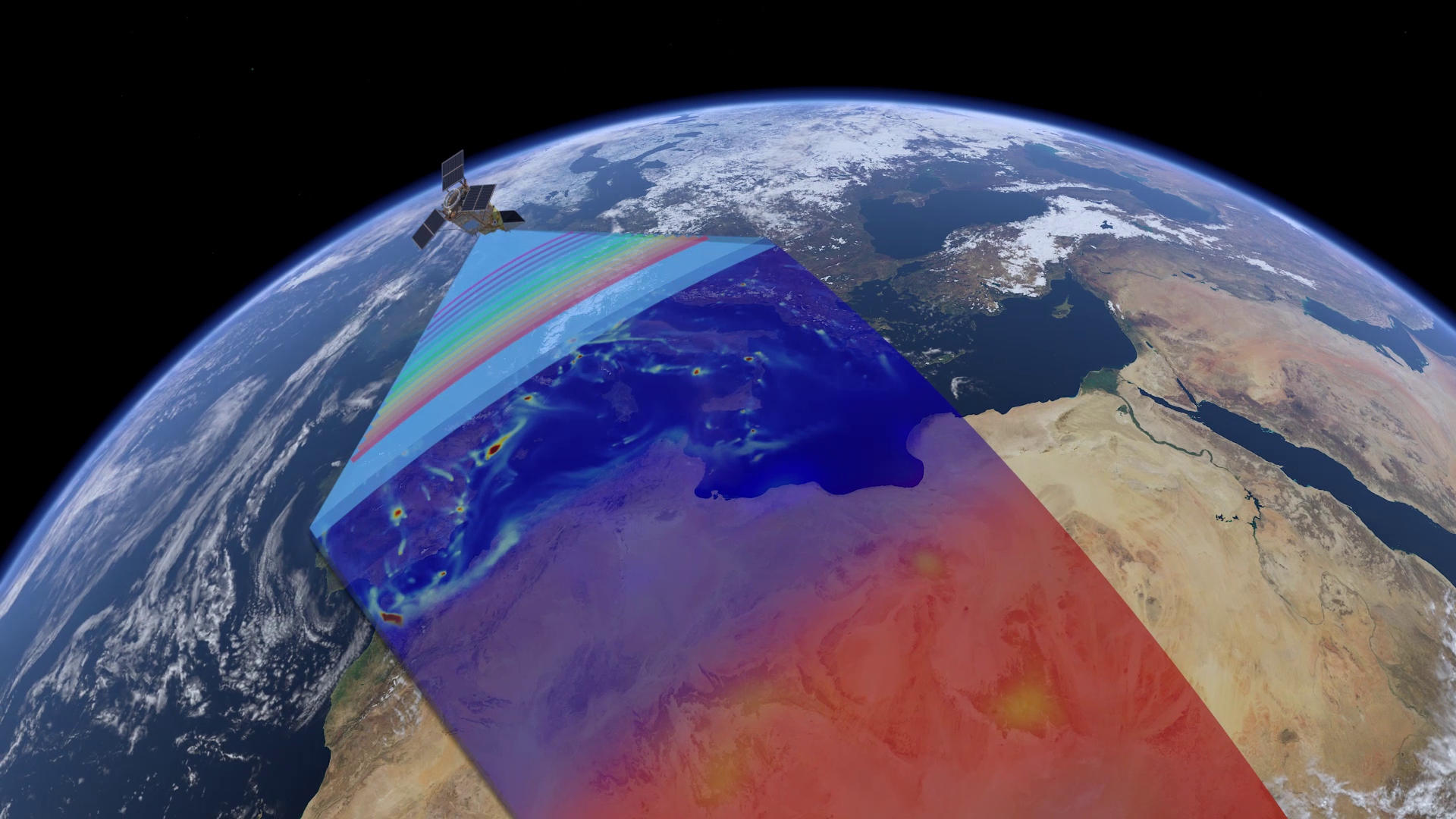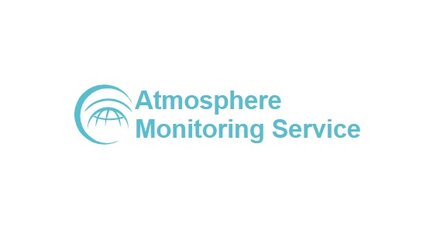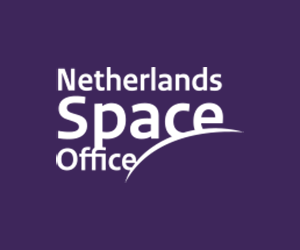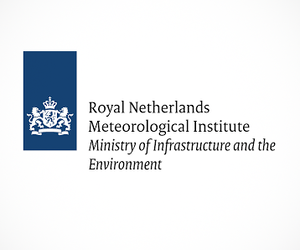The air we breathe
According to the World Health Organization, 3.7 million people around the world died in 2012 as a result of outdoor air pollution.
Air pollution is a major environmental health problem that affects people in developed and developing countries alike. With millions of people dying prematurely every year as a direct result of poor air quality, it has never been more important to monitor the air we breathe.
Pollutants enter the air from a range of sources, although they are mainly a result of motor vehicle and industrial combustion processes.
Governments and decision-makers rely heavily on satellite data and computer models to show how pollution accumulates and how it is carried in the air so that they can develop appropriate mitigation strategies.
Sentinel-5P provides timely data on a multitude of trace gases that can affect our health such as nitrogen dioxide and carbon monoxide.
Breathing air polluted with nitrogen dioxide, which enters the air from road traffic and other fossil fuel combustion processes, can cause respiratory problems.
Carbon monoxide, which comes mainly from vehicles that do not burn fossil fuels completely, reduces the amount of oxygen that can be transported in the blood stream.


Access the video
Sentinel-5P also measures sulphur dioxide, which mainly comes from industrial processes and motor vehicle emissions, but can also be in volcanic plumes. Again this pollutant can result in breathing problems and is a precursor to acid rain.
The mission also maps a lesser known pollutant: formaldehyde, which can be released into atmosphere through wood processing industries and from forest fires. It can irritate the skin and affect health.
Unlike ozone in the stratosphere, which protects us from the Sun’s harmful ultraviolet rays, ozone in the lower atmosphere can cause respiratory problems and can damage vegetation. Here, it forms when nitrogen oxides and volatile organic compounds combine in the presence of sunlight – it is the main ingredient of urban smog. Sentinel-5P measures both ‘good’ and ‘bad’ ozone.
Mapping atmospheric gases around the world every single day in a resolution as high as 7 km x 3.5 km, the Sentinel-5P mission arms decision-makers with the information they need to implement appropriate strategies to reduce air pollution, which in turn will ultimately help save lives.
Information from Sentinel-5P is used largely through the Copernicus Atmosphere Monitoring Service. Data are free of charge and open to users worldwide.
Back to Sentinel-5P homepage |













